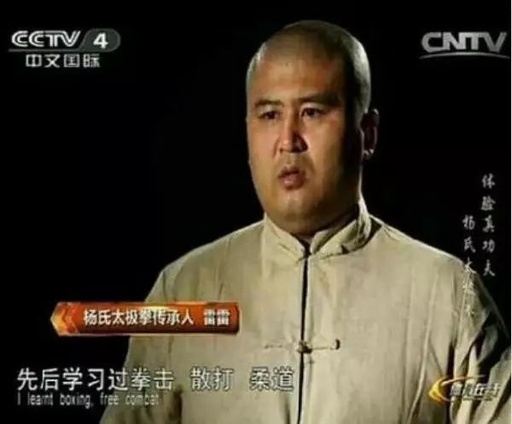
You have science, I have martial arts!

This article is reprinted with permission from Ouyang Qian’s World (ID: shijieqian123)
A few nights ago, a significant event occurred. The representative school of Tai Chi, “Leigong Tai Chi,” faced off against retired fighter Xu Xiaodong in a public match. I had been looking forward to this match, thinking that Master Leigong would effortlessly defeat Xu Xiaodong with a single strike, sending him flying… However, Master Leigong was knocked out in less than 10 seconds. The scene was too beautiful for me to watch; you can feel it yourself.
I counted carefully; actually, excluding the time spent in confrontation, it was less than 10 seconds, just about three or four seconds, and the master was already on his knees.
This match sparked reactions beyond the fighting community; even those who do not practice martial arts were astonished, as it completely contradicted their image of a Tai Chi master who could effortlessly unleash powerful techniques. It was simply shocking.
Both sides in this match had considerable backgrounds. First, let’s talk about Xu Xiaodong, who was originally a professional MMA fighter. After retiring, he did not rest, constantly criticizing traditional martial arts online, disparaging Baguazhang, Wing Chun, and especially Tai Chi, which he criticized mercilessly. He even went to the birthplace of Tai Chi in Henan to provoke the masters, leaving them speechless. Very rude and very violent, but I like it.
Then, as a representative of practical Tai Chi, Master Leigong accepted the challenge. Previously, he had gained fame online with his claim of being able to escape a rear-naked choke with one hand. Anyone with a bit of fighting knowledge understands how impressive that is, almost like catching a flying knife with bare hands. But if a master lacks even this little power, can he still be called a master?
After the video was released, some people questioned Leigong’s abilities, believing he could not represent Tai Chi. Little do they know, Leigong is one of the most capable fighters in the Tai Chi community, having appeared on national television as a legitimate heir of Yang-style Tai Chi, truly a grandmaster.
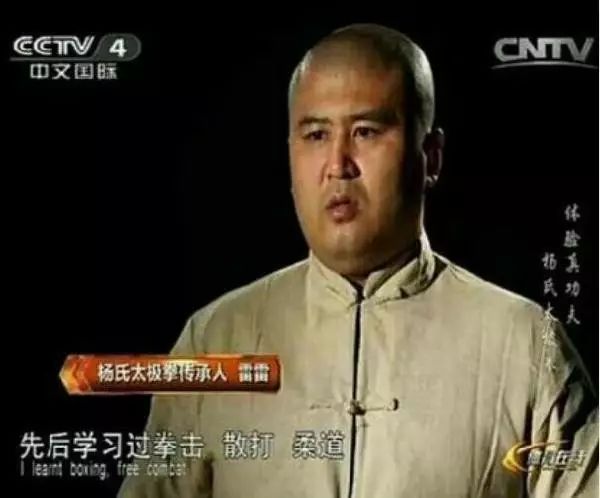
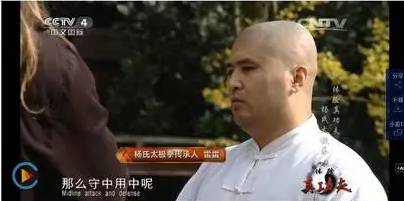
Yet, this grandmaster, who has diligently practiced Tai Chi for 30 years, knelt before professional fighter Xu Xiaodong in less than 10 seconds. I feel like even a TV drama wouldn’t dare to portray it this way.
Of course, it is also possible that although Xu Xiaodong appeared to win, he may have sustained serious internal injuries and needs to see a doctor immediately. Moreover, he should consult a traditional Chinese medicine practitioner, as Western medicine may not detect the issue…
At this point, some people jump in to say that Tai Chi is for health and fitness, not for fighting. Hearing such statements makes me want to laugh. Traditional martial arts seem to be caught in a paradox: when you ask them to perform, they insist martial arts are lethal techniques meant only for killing, not for performance; yet when you ask them to fight, they claim martial arts are not for fighting, but for exercise and health.
I just want to know, what is traditional martial arts really for?
No wonder some say that you don’t understand Tai Chi; in fact, Tai Chi requires weapons, like an AK47…
Let’s be clear today and thoroughly expose the truth about martial arts masters.
Criticism of traditional martial arts has a long history. Since 1921, during the Republic of China, China has repeatedly organized martial arts masters to challenge in Thailand, with dozens of matches resulting in almost no victories, all ending in disgrace. For example, the famous Eagle Claw master Chen Zhi Zheng (then teaching at Jingwu Association) faced off against Muay Thai master “Highland Tiger” Nai Yang, and was knocked out in three moves. Master Hu Sheng, who had practiced Tai Chi for 15 years, was knocked out in 40 seconds by Thai fighter Ba Yue with a right elbow strike to the temple… Such tragic outcomes are countless, and there is information available online for those interested to check.
The first time people visually experienced the “supernatural powers” of masters was probably during the 1953 match in Hong Kong between White Crane master Chen Kefu and Wu-style Tai Chi master Wu Gongyi. At that time, both were well-known figures, especially Wu Gongyi, who was famous for claiming he had never met an opponent from north to south. Due to their rivalry in opening martial arts schools in Hong Kong, they agreed to a public match, which was fully recorded by reporters, providing a witness to this event.
After watching the match between these two masters, I felt it was comparable to my neighbor’s sister selling tofu pudding.
This video, Chen Kefu vs. Wu Gongyi, if you can last two minutes, I’ll consider myself defeated.
After watching the masters’ matches, I can only say that how can Tai Chi compete against free fighting? It would be more appropriate to compare it to calligraphy.
But no matter how many solid proofs there are, you can never wake some people who are lost in their fantasies. They always believe that “masters are among the common people.” They have no understanding of the fighting system, yet are willing to believe that in the high mountains and deep valleys, there is an old man with extraordinary martial arts hidden away.
Once he strikes, he is invincible. They do not consider how this old man’s skills were developed, as if he was born with them.
What a powerful fantasy psychology! This reminds me of a line from the movie “The East is Unbeatable”: “You have science, I have supernatural powers!”
In fact, those who hold such beliefs are not just ordinary people; even elites are not immune. Don’t think that elites are particularly smart. I once said that most people who make big money are just pigs blown up by the wind, with little to do with personal ability. Just like Jack Ma, who is often fooled by “masters” like Wang Lin and Li Daoyi, do you think his IQ is that high? It’s worth mentioning that Jack Ma’s bodyguard, Li Tianjin, is also a Tai Chi practitioner! Moreover, Li Tianjin participated in that TV station’s “Martial Arts Conference,” and when he fought, he was just like those so-called masters: the starting moves looked good, but once they got into a tussle, it was like an old woman throwing a tantrum, swinging wildly, and he ended up being beaten all over the place by his opponent… Jack Ma hired him as a personal bodyguard and paid him a million a year; isn’t that a fantasy?
In fact, verifying whether a martial arts school can fight is very simple; just see if it appears in the fighting arena. Just like those Tai Chi masters who can push people away with a single palm, why not compete in K1 or UFC? They could win huge prizes and bring glory to our country; what’s not to like? But when it comes to such situations, these people will change their tune: traditional martial arts are profound and intricate, and their strikes are fierce, but those fighting competitions have rules that restrict strikes to the groin, so how can they perform… As if these masters have been practicing martial arts for decades just to aim for the groin, and if they can’t strike there, they have no moves left.
However, many people still refuse to accept this. They will say, if there were no martial arts, how could ancient soldiers fight so well? This is a good question, similar to the question, “If traditional Chinese medicine is useless, how did ancient people survive?” But they forget that ancient Westerners also had no traditional Chinese medicine, yet they survived and their average lifespan was not lower than that of the Chinese. The Huns, Mongols, and Manchus never learned Chinese martial arts, yet they repeatedly slaughtered the Central Plains; did they let you gain any advantage in battle?
Really, stop reading those fantasy novels and martial arts movies; it’s rotting your brain.
Some might say, “Sanda (Chinese kickboxing) has also shone brightly, right?” Stop right there; Sanda and traditional martial arts are really not the same thing. In the 1980s, to align with global fighting, the Sports Administration established Sanda based on a large absorption of modern fighting techniques. Many people believed Sanda represented Chinese martial arts, which is a huge misconception. The foundation of Sanda is not traditional martial arts, but modern fighting systems. When Sanda was first created, many folk martial artists looked down on it, considering it a sport of “boxing plus legs.” To test the practicality of Sanda, the Chinese Martial Arts Research Institute recruited some recognized folk martial arts experts to spar with Sanda athletes, and the results were often that the folk experts were knocked out in just one exchange. Since then, various martial arts schools no longer dared to challenge Sanda. Now, combining martial arts and Sanda into one term is merely for the sake of appearances. You understand the vanity in that.
If you study traditional martial arts, you will find an interesting phenomenon: each school boasts about how powerful their ancestors were and how incredible their secret manuals are… At first glance, everyone seems like a super Saiyan. Why? Because no one can disprove it, so they can boast as much as they want. Why have these powerful figures disappeared? It’s simple: because humanity invented the “camera.”
If it weren’t for the camera recording it, could the chaotic fight between Chen Kefu and Wu Gongyi be said to be a clash of titans?
However, there are no lies that can last forever, and no brain rot that can heal. You say those naive teenagers will grow up and learn the truth; how heartbroken will they be? Really, instead of practicing those supernatural techniques, it’s better to do a few more push-ups.
This article only represents the author’s views and does not reflect the position of this publication.
▼
Recommended Reading
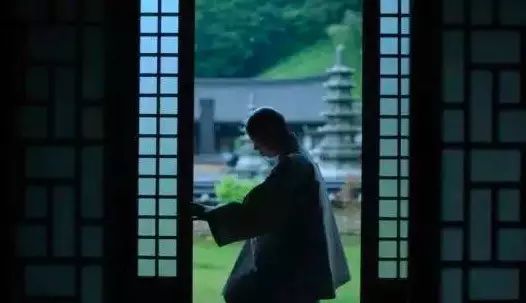
Click the image to read | She became a nun at 17 and never married, but accidentally reached the highest realm of vegetarianism, appearing in The New York Times…

Click the image to read | Waiting for Fan Yusu
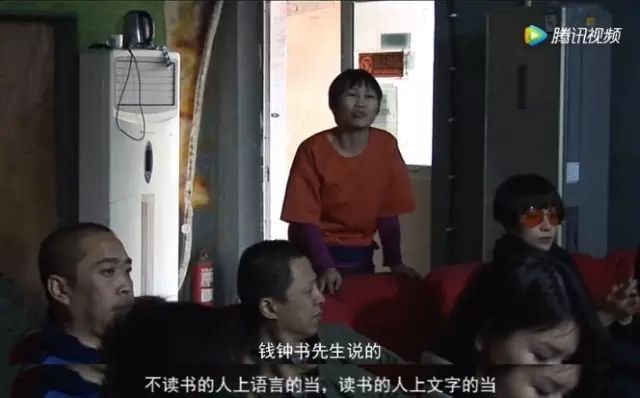
Click the image to read | Attempting to uncover the voices of the underclass through Fan Yusu is not only unfair but also opportunistic.


